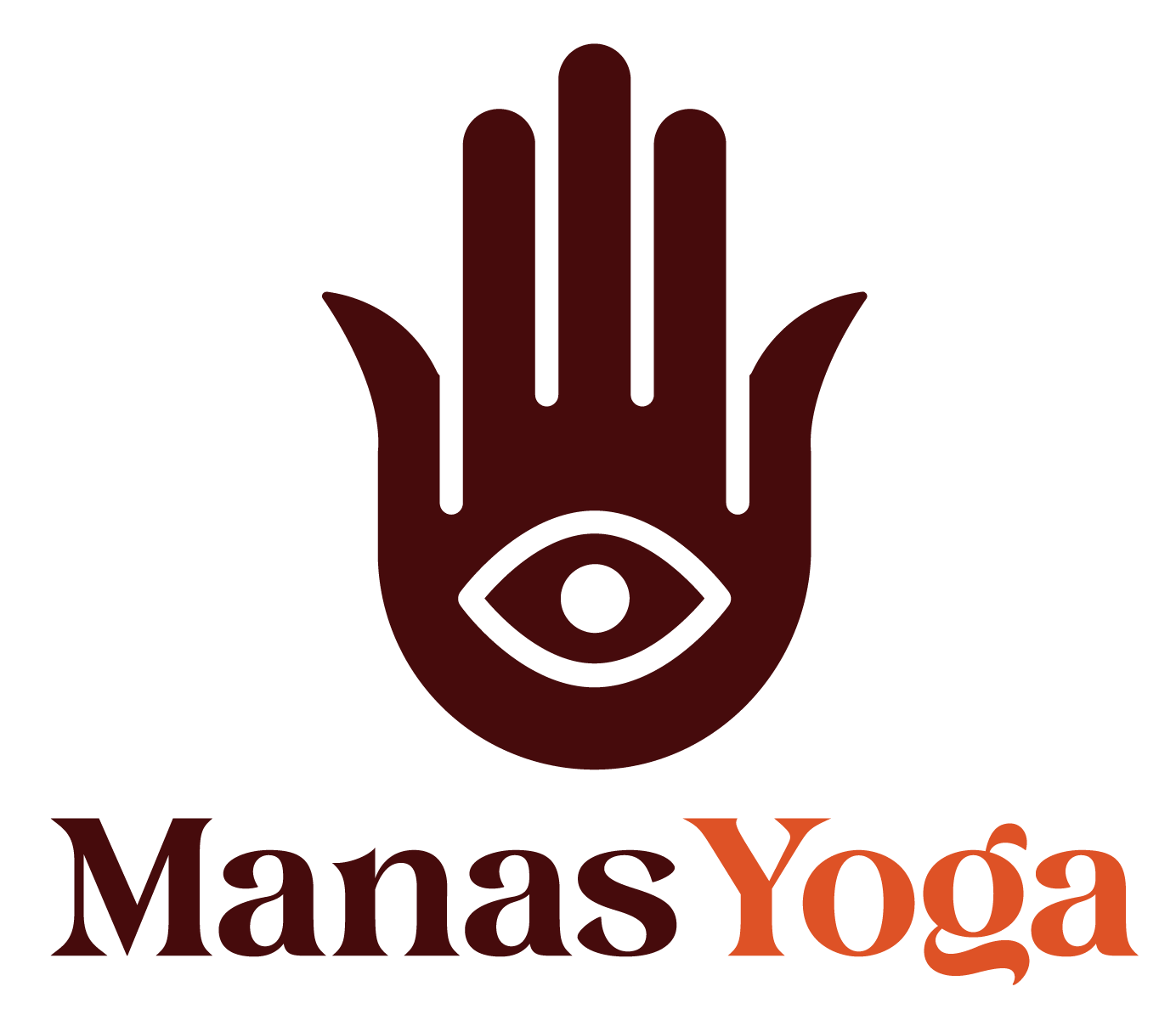WHAT IS ASANA?
When people say they practice yoga, most of them refer to fact that they practice some form of Asana. So, what is asana?
Asana can have different definitions depending on whom, when or where we ask the question. It can have a vast array of meanings depending on the context.
However, from the yogic context, Asana means a posture that can be a held comfortably for a sustained amount of time which can be used for meditation, and comes from the Sanskrit word “asan” meaning “seat.” This definition comes for the Yoga Sutra of the Sage Patanjali. The Yoga Sutra is a compilation of 196 Aphorisms about 2500 years ago by the Sage Patanjali.
This was after Yoga has been practiced in India for thousands of years.
In Sutra 2.46, Patanjali writes, “Sthira sukhamasanam.” (Sthira meaning steady or stable; sukham meaning comfortable, joyous or pleasant; and asanam posture or sitting without interruption.) From this, we can see the qualities of an Asana.
An Asana is a posture that is joyous, comfortable and steady. When we say steady, we usually mean something that is unmoving, that doesn’t fluctuate or predictable. Something that is comfortable has a quality of peace, without concerns.
So according to Patanjali, a yogic posture is steady and comfortable, that is peaceful and that brings joy to the yoga practitioner.
In order to have a more rounded definition of Asana, it’s also important to know the goal of a yoga practice. When we look at the 8 limbs of Yoga, also from the Sage Patanjali, the physical practice or Asana was primarily designed to facilitate the understanding and complete mastery of the mind.
In fact, the original goal is liberation, enlightenment and self-realization.
So having a posture that is steady and comfortable and developing the ability to be still and equanimous so that we can be liberated is the goal of Yoga. Therefore, for a practice that is in accordance with the teaching of yoga, it must have the intention of leading towards self-realization and liberation.
What this means is that every time we step on the mat, the goal and purpose is to free ourselves fully with the help of Asana.
When we practice and we get stronger and get healthier and the pains are alleviated, this is wonderful thing but in order to have a deeper yogic practice, to keep the original goal of knowing the Self and thereby attaining liberation we have to keep the original goal of the practice in mind.
Goals of being able to touch the toes, of putting the foot behind the head or doing a headstand, are wonderful but we have to remember that they are only secondary goals.
I think it is a good habit to remind ourselves of this original goal.
The Sage Patanjali himself did not mention any Asana, but according to the Shiva legend, there are 8.4 million different Asanas, one for each person that was alive at that time. From these, Lord Shiva chose 84 Asanas to teach mortals (pretty cool, if you ask me :)). Most of the Asanas that we practice today are variations of these classic 84 Asanas.
Asanas allow us to connect deeply to our inner bodies, whenever we step on the mat we do honor and cherish our own connecting with it, we cherish and honor the aliveness of our bodies. And because we recognize this profound aliveness in ourselves, we are then able to – even when we step off the mat, off the “Asana” – to continue to recognize this profound connection to the Earth and to all Beings everywhere. We realize that we are, in fact, inseparable. There is nothing external to anything. We are all interconnected.
Asana performed with the original intention of self-realization can truly teach us of the deep connection to our bodies, to our Selves and to the world around us, and eventually the individual Self sorts of dissolves and we begin to feel one with all Beings.
Every time we step on the mat with the goal of self-realization, we plant seeds that will grow eventual to liberation. This is without a doubt.
So every time you step on the mat, remember that the posture is steady, joyous, comfortable and equanimous.
Practice with us, together let us walk the path to liberation and self-realization. Check out the schedule to join our yoga classes. If you are a yoga beginner and haven’t been to our studio yet check out our Intro Trial offer.
